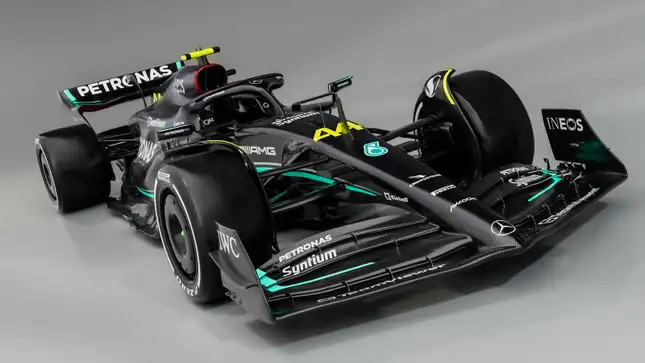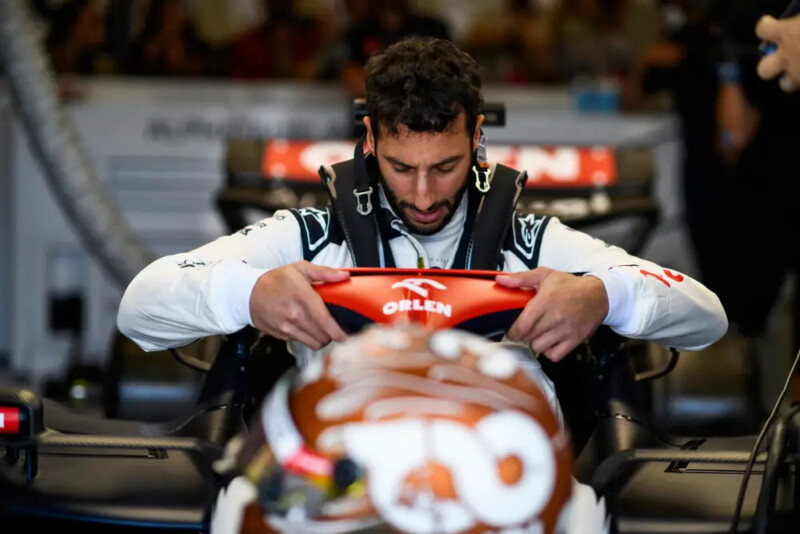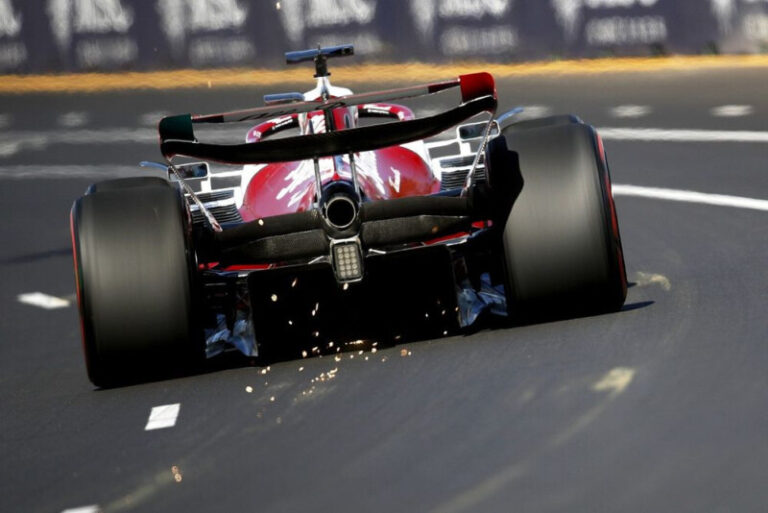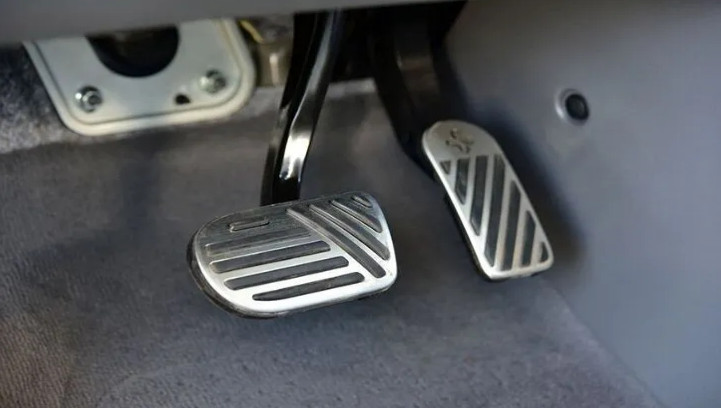The Crucial Role of Weight in Formula 1
As an avid Formula 1 fan, I’m always fascinated by the cutting-edge technology and meticulous engineering that goes into building these incredible racing machines. However, one aspect of F1 cars that’s often overlooked is their weight. Most fans are aware that F1 cars are lightweight, but few realize just how crucial weight is to the performance and handling of these vehicles.
In this article, I’ll provide an in-depth explorations of F1 car and driver weights. You’ll learn about the regulations surrounding minimum weights, how weights have evolved through F1 history, and why managing weight is so vital to success in the pinnacle of motorsports. Let’s get started!
Why Weight Matters So Much in Formula 1
Weight is absolutely critical in F1 because it directly impacts three key performance factors:
- Speed – By keeping the car as light as possible, more of the engine’s power goes towards acceleration and top speed, rather than moving the bulk of the vehicle. Even small reductions in weight can yield big speed gains.
- Handling – A lighter car has less inertia, so it changes direction more quickly and precisely. Designing a nimble, responsive chassis is easier when fighting less mass.
- Tire wear – The downforce and grip generated by F1 tires diminish as their rubber wears down over a race distance. A heavier car puts more strain on the tires, accelerating wear and degradation.
Clearly, weight plays a huge role in determining on-track success. Teams go to great lengths to trim every excess ounce from their cars, while ensuring structural integrity and meeting regulations. But just how light are modern F1 cars?
The Minimum Weight of 2023 F1 Cars

For the 2023 season, the minimum weight for Formula 1 cars is set at 798kg or 1,759 pounds. This is an increase from the original 2023 limit of 795kg, after teams expressed concerns about meeting the lower figure. The minimum weight encompasses the car and driver combined.
Breaking this total down:
- F1 car minimum weight: 743kg (1,638 lbs)
- Driver + seat minimum weight: 80kg (176 lbs)
So constructors have around 743kg to play with for the chassis, engine, and all other components. Every effort is made to inch as close to the minimum as possible, without going under and incurring penalties. The leading teams are typically just a few kilos over the limit.
This 798kg limit represents a steady increase over the past 15 years:
- 2008 – 605kg
- 2010 – 620kg
- 2013 – 642kg
- 2016 – 722kg
- 2019 – 743kg
- 2022 – 798kg
The considerable gains stem from larger, more powerful hybrid engines, and increased safety requirements. Cars have also gotten longer and wider. The next sections will explore the key reasons behind the weight rise.
Why Have F1 Cars Become So Much Heavier?
There are three core factors that have contributed to the substantial weight increase in Formula 1 cars over the past decade and a half:
1. More Sophisticated Power Units
The current F1 engines are remarkably complex 1.6-liter V6 turbo hybrids. They incorporate advanced electric motor-generators and energy recovery systems.
Compared to the screaming V8 and V10 engines of years past, these technologically-superior modern power units are inevitably heavier. All the additional components add bulk and weight.
However, the performance gains outweigh the increased mass. Despite being heavier, today’s hybrid F1 cars are still the fastest ever thanks to huge power outputs over 1,000 horsepower.
2. Enhanced Safety Standards

As F1 has become safer in the wake of tragedies like those of Senna and Bianchi, reinforced chassis, impact structures, and protective driver aids like the halo have become mandatory.
These indispensable safety components protect drivers in crashes but integrate substantial strengthening and materials into the cars. The safety-focused regulations have necessarily increased weights over time.
For example, the halo cockpit protection system alone weighs around 14kg. Saving lives is well worth the mass costs.
3. Elimination of Refueling
Banning refueling during races has also driven up car weights in the last decade. Up until 2010, cars would qualify with minimal fuel, then refuel mid-race.
Now, cars must carry enough fuel onboard to last full race distances of 300km or more. Larger fuel tanks capable of holding over 110kg of fuel are required.
Since the fuel is burned off during the race, cars are at their heaviest at the start when fully fueled. Removing refueling has directly led to increased launch weights.
While refueling bans have increased weights, they’ve also improved racing and safety – at the expense of raw speed.
How Weights Vary Across the 2023 F1 Grid
The 798kg minimum weight applies evenly across all teams. However, the actual total weight of cars on the F1 grid varies significantly, with most teams not hitting the limit exactly.
Some teams may run overweight. For example, in 2022 the Mercedes cars were reported to be around 4kg over the minimum weight due to optional components added for performance gains.
Other teams can struggle to reach the limit. The 2023 minimum was actually raised 3kg to 798kg after certain smaller teams found meeting 795kg difficult last season.
Key reasons for weight variances include:
- Different design philosophies and innovations between teams
- More powerful engines being heavier (e.g. Ferrari vs. Renault)
- Ballast used to reach minimum weights
- Heavier drivers requiring less ballast
While all teams aim to be as close to the limit as possible, not all achieve equal results. The leading constructors like Red Bull and Mercedes have their weight management perfected.
Why F1 Drivers Must Meet Minimum Weights

Just as the cars themselves have minimum weights, so too do the drivers. For 2023, F1 drivers must weigh at least 80kg fully geared up for a race.
This regulation was introduced to end the advantages given to shorter, lighter drivers. Prior to this rule, constructors could optimize the car’s balance better with a lightweight driver, gaining performance benefits.
To reach the 80kg threshold, undersized drivers wear weighted vests or use ballast in the cockpit. F1 legend Michael Schumacher was known to add ballast concealed inside his helmet.
After races, drivers are weighed to ensure they still meet the 80kg figure. Weight loss of 2-3kg through sweat and respiration over a grand prix distance is common.
The minimum driver weight rule levels the playing field and reduces the need for eat-less or dehydration-based diets. It puts more focus on talent and fitness, rather than sheer body size.
Why Are Drivers Weighed After Races?
Stepping onto the scales right after races is now mandatory for F1 drivers. But why is their weight checked post-grand prix?
There are two key reasons drivers must weigh-in after events:
- To measure fluid loss – Sweating off several kilos in cockpit temperatures over 50°C is not uncommon. Weighing shows just how much water weight drivers lose through extreme exertion and overheating.
- To ensure legality – More importantly, it verifies drivers have not fallen below the 80kg minimum weight. Combined with the car, drivers must still meet the total regulations.
If a driver has lost so much fluid or body mass that they slip under 80kg, they face disqualification. So post-race weigh-ins are vital to comply with the rules.
Teams keep a close eye on drivers’ hydration levels and exertion to avoid forcing risky, rapid weight cuts after races. Maintaining weights from start to finish while delivering peak performance is the aim.
Breaking Down the Weights of Individual F1 Car Components
While the complete car has to meet a minimum weight of 743kg without the driver, the weights of individual components vary widely. Certain parts can weigh as little as a few ounces, while others tip the scales at over 150kg!
Here’s a quick overview of how much key components weigh:
- Engine – >150kg
- The heaviest single component at over 150kg minimum. The Mercedes power unit is said to be close to 160kg. Every improvement in power and reliability adds weight.
- Fuel tank and fuel – Up to 110kg
- Cars start races with up to 110kg of fuel onboard. As it burns off, the car gets lighter.
- Front wing – 7kg
- Made from ultra-lightweight materials. Complex aerofoils and flaps allow fine tuning while adding little weight.
- Chassis/monocoque – >200kg
- The main body needs to be rigid for safety yet as light as possible. The compromise results in a weight over 200kg.
- Halo – 14kg
- The titanium halo structure provides vital head protection at a weight cost.
- Gearbox – 30kg
- F1 gearboxes seamlessly shift through 8 gears at incredible speed using intricate, compact mechanisms weighing around 30kg.
- Steering wheel – 1kg
- While packed with buttons and switches, bespoke materials like carbon fiber keep steering wheel weights down to about 1kg.
As you can see, F1 engineers must find the optimal balance between strength, functionality, reliability and low mass for every part that goes into the car.
The Evolution of Formula 1 Car Weights Over the Decades
Formula 1 cars have undergone radical changes in weight during the championship’s illustrious history. Chronicling this evolution shows just how much objectives and regulations in the sport have progressed:
1950s – 500kg
The inaugural F1 season in 1950 featured cars weighing around 500kg – featherlight compared to today! Materials like aluminum and magnesium were used extensively to pare down mass.
1960s – 450kg
Advances in metallurgy and manufacturing saw cars drop under 450kg by the mid 1960s, despite larger engines up to 3 liters. Lotus pushed the boundaries with monocoque chassis integration.
1970s – 575kg
The powerful turbo era led to mass gains of over 100kg during the 1970s. Downforce generating wings and wider tires also bulked up cars substantially compared to the 1960s.
1980s – 540kg
Even with monumental power outputs over 1,300 horsepower, pioneering materials like carbon fiber and kevlar helped shed weight back down below 550kg.
1990s – 505kg
The 1990s saw a focus on lean design, assisted by active suspension, semi-automatics, and narrower chassis. Cars dipped under 500kg for this period.
2000s – 605kg
The 2000s marked a turning point as V10 engines grew and restrictions on materials eased. Refueling meant additional weight was less detrimental, allowing growth over 600kg.
2010s – 642kg
KERS hybrid systems, new engine regulations, and refueling bans pushed weights up around 642kg by 2013. The trend has continued sharply upwards since then.
It’s amazing to consider just how light and simple F1 cars were in previous eras compared to the high-tech beasts of today. But higher weights are the price for unprecedented performance levels, efficiency, and safety.
Key Takeaways on Formula 1 Car and Driver Weights
- Weight is critical for car performance, with lighter vehicles having advantages in speed, handling, and tire wear.
- The minimum weight for 2023 F1 cars is 798kg total, split into 743kg for the car and 80kg for the driver.
- Weights have risen due to larger hybrid engines, greater safety, and the elimination of refueling.
- Drivers are weighed after races to check fluid loss and ensure legality.
- Heavier components like engines can weigh over 150kg, compared to just 1kg for the steering wheel.
- F1 weights have ballooned from around 500kg originally up to nearly 800kg now – but current cars deliver unmatched performance.
Understanding the intricacies around weights provides insights into what gives teams the competitive edge. While the regulations aim to control mass evenly, innovations in materials and design allow elite constructors to maximize every ounce saved.
Formula 1 will continue pushing the boundaries of speed and technology. But managing weight will always remain central to unlocking performance. These gripping machines need to be as strong and safe as possible, yet lighter than ever before. Getting this balance right separates the winning teams from the rest of the pack.







